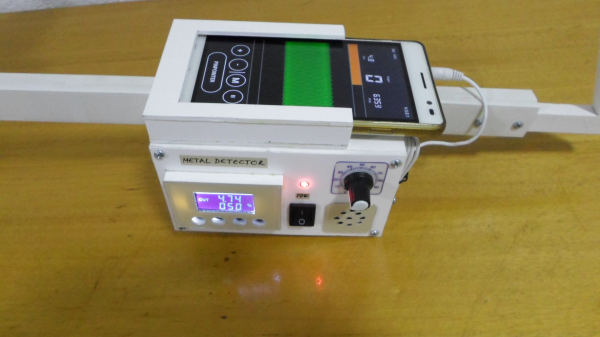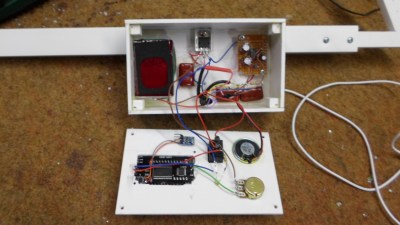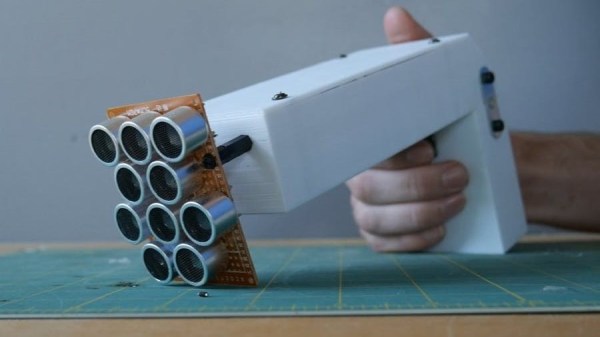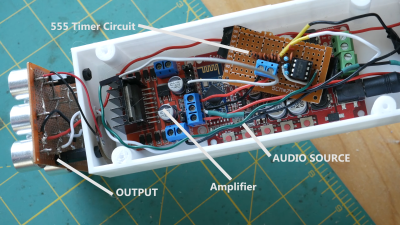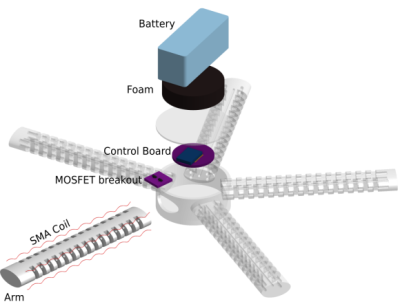Randomly buying some hackable gadgets just because they are cheap and seem potentially interesting for future projects is something that most of us can relate to. It also happened to [fruchti] when he bought five thermal printer modules without any specific purpose for them in mind. It was not until several years later that he put them to good use for his inverse thermal camera project.
The name perfectly summarizes the device’s function which is to convert images to heat instead of the other way around. To put it in a less cryptic manner, [fruchti] built a selfie camera that instantly prints out pictures on thermochromic paper. The project would have been easy to implement on a Raspberry Pi but instead, he chose a more minimalist approach by using an STM32 microcontroller. This involved some challenges because the MCU didn’t have enough RAM to store an entire frame and the camera module came without a FIFO buffer. To capture and store the image data [fruchti] applied a line-by-line dithering algorithm which is described in detail in his accompanying blog post while the corresponding code is available on GitHub. Even though the case was improvised from scrap PCB materials the finished device still looks great. In particular, the fuse holders that are being used to hold the paper roll make it almost steampunk.
Naturally, this is not the first time we have seen thermal printers being used for instant picture taking and it probably won’t be the last.



